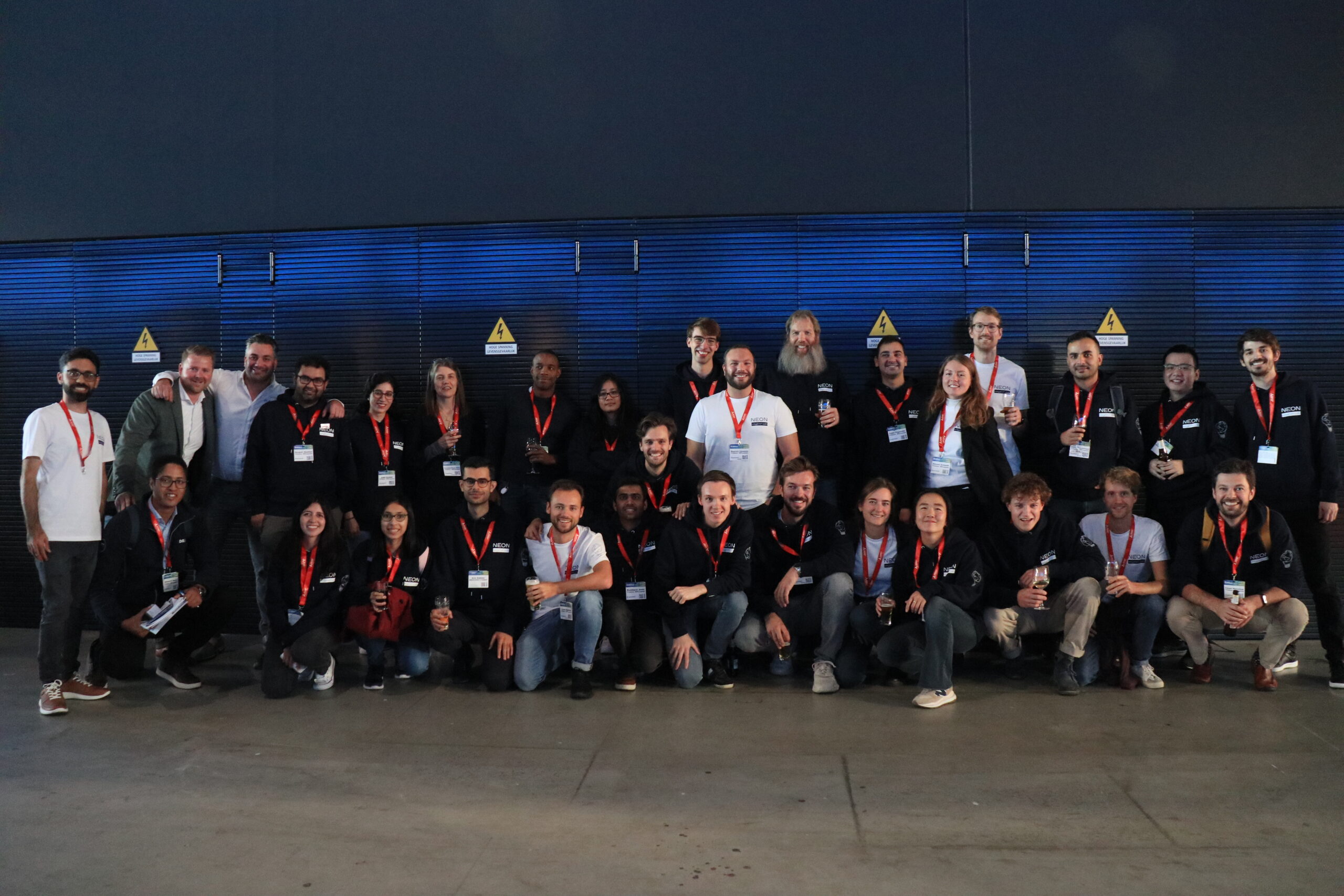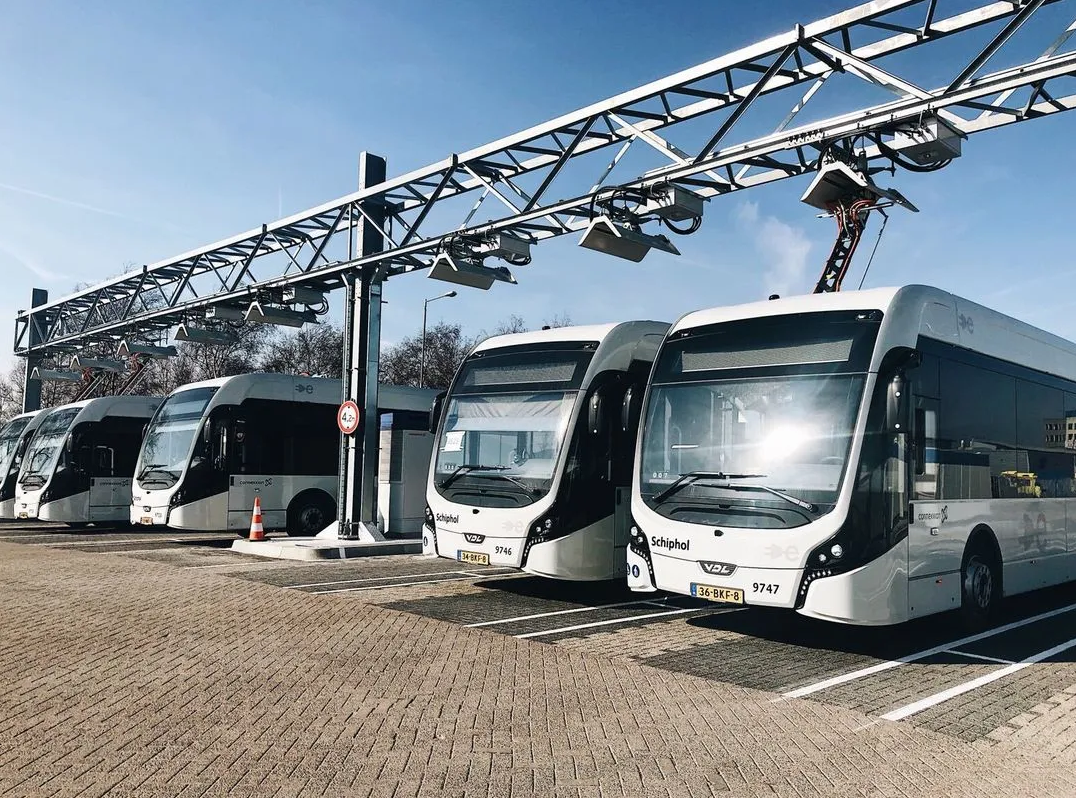
The Netherlands risks missing its commitments under the Paris Climate Agreement. The shift to sustainable energy is proving difficult, despite technological progress and economic opportunities — factors that represent only part of the puzzle.
Scientists and policymakers are increasingly emphasizing the importance of integrating the social and societal dimensions of transformations into innovation and transformation policy — a concept referred to as integrated innovation. When the Ministry of Economic Affairs and Climate Policy published the National Technology Strategy in 2024, it prompted a parallel ambition: to develop an action plan that incorporates these dimensions — including human behavior, habits, and public support. A consortium — a temporary collaborative partnership — is currently developing this action plan, thereby giving substance to the recommendations of the Advisory Council for Science, Technology and Innovation (AWTI) in its 2024 report: ‘Natural connections – Embed social sciences and humanities research in innovation‘.
We spoke with two researchers from NEON Research (New Energy and Mobility Outlook for the Netherlands), who have experienced firsthand how vital social and societal aspects are in practice: program director Auke Hoekstra and postdoctoral researcher Mixel Kiemen.
NEON Research connects technology with human behaviour
Neon Research is an interdisciplinary research programme led by Eindhoven University of Technology, funded by the Dutch Research Council (NWO), in which 34 PhD students work together with more than 20 partners from science, government and industry (€8.5 million, 2020-2026). They are working on an integrated approach to three societal challenges: climate, renewable energy and sustainable mobility.
Using digital transition simulations and empirical data from living labs, they combine technology with human behavior. A living lab is a real-world environment in which citizens, companies, governments, and researchers collaborate to explore challenges and co-develop solutions. NEON’s ultimate goal is to accelerate the energy and mobility transition. In cooperation with municipalities, provinces, and businesses, they aim to institutionalize technologies and embed them within society.

Why do societal transformations fail?
According to Kiemen, we can improve some aspects of the current transformation policy:
- Investments often still do not go to the technologies with the greatest impact, but to solutions that generate revenue the fastest.
- Promising solutions often falter due to public resistance or institutional obstacles once they are scaled up.
- Science currently lacks quantitative models to calculate the fastest and most cost-effective solutions.
Kiemen: “…I can illustrate this with an example. We looked at the social acceptance of wind kites versus wind turbines. Our assumption was that people would find the technology of wind kites fascinating, but what we found in our simulations and living labs was that the sound of the cables in the air was unpleasant for people, frightening even. It was precisely by including this aspect so early in the research that we were able to better match people’s needs. We are now looking at a new project focusing on the acoustics of the cables.”
Simulations help advance policy
Agent-based transition models (ABTMs) are computational models that simulate societal transformations by mimicking the behavior of individual agents — including citizens, companies, governments, and technologies. These models demonstrate how individual behaviors can, over time, lead to systemic change.
Unlike many techno-economic models, these models also simulate decision-making and psychological phenomena such as habits and peer pressure. Policy measures (e.g. subsidies or nudging) can be tested in the model to see what behaviour they trigger. NEON uses ABTMs, for instance, to simulate how citizens in a neighbourhood react to the introduction of shared mobility, or what happens when energy tariffs change.
Hoekstra: “For the Provincial Executive in Brabant, we made a simulation. On a digital map, politicians saw how wind turbines and solar panels could be distributed. This made the trade-off between solar and wind very concrete. That led to a surprisingly good rapport between the PVV and GroenLinks, where relations had previously often been strained. Simulations like these give politicians greater insight into the choices at hand, making the conversation more substantive and constructive. And that is exactly what we aim to achieve: for people to truly understand one another.”

Testing transformations in living labs
NEON researchers test their models in living labs: a neighbourhood, municipality, region or campus where innovation takes place, with active co-creation by users (including residents or travellers) and iterative development based on what works in practice. The living labs demonstrate how behaviour, policy, and technology influence one another, and make it possible to further build societal support and institutional embedding. Hoekstra: “…the living labs are a small ecosystem in which we can further explore the societal aspects of our innovations. It is an essential step. People in the neighbourhood or municipality often feel very involved as well.”
Societal values as a starting point
Within NEON, Erasmus University and DRIFT place specific emphasis on the early integration of societal values, including inclusion and equity. Mixel explains: “…technology should serve society — the starting point of both the transformation and the technology must make sense.” This early focus on values increases the likelihood of success and impact in later stages.
What are the benefits of integrated innovation?
Combining the power of technology with societal aspects is called integrated innovation. This interdisciplinary approach – from technology to psychology, law, philosophy and sociology – avoids a one-sided approach to societal transformations. Kiemen: “… we are talking about wicked problems and we must therefore take everything into account… people, systems, unexpected reactions, policy, behaviour… This is the only way to increase the chances of systemic change really succeeding.”

How do we harness the power of integrated innovation?
According to Hoekstra, we still have some important steps to take in the Netherlands: “…it is very important to involve humanities and social science research in the design and roll-out of innovations. The dialogue between the SSH (Social Sciences & Humanities) domain and technology is crucial, together, they can achieve more – and see further.
Kiemen adds: “…if we have learned anything at NEON, it is the understanding of the power of dialogue between scientists from different disciplines, policymakers and all other stakeholders. When they set their sights on the same societal transformation, the same goal, and learn to understand each other, then we are on the right track.”
A consortium — a temporary collaboration between NWO, the SSH-council, TNO Vector and CLICKNL — will continue developing the action plan for integrated innovation in 2025, aimed at enabling broadly supported societal transformations. The action plan provides actionable insights and concrete recommendations, particularly for policymakers, research funders, and knowledge institutions. By the end of 2025, the consortium will present the action plan at a symposium. This symposium marks the beginning of a trajectory to implement the recommendations — with the ultimate goal of meaningfully advancing societal transformations. Curious to see how this integrated approach is set to move the Netherlands forward? Stay connected.
